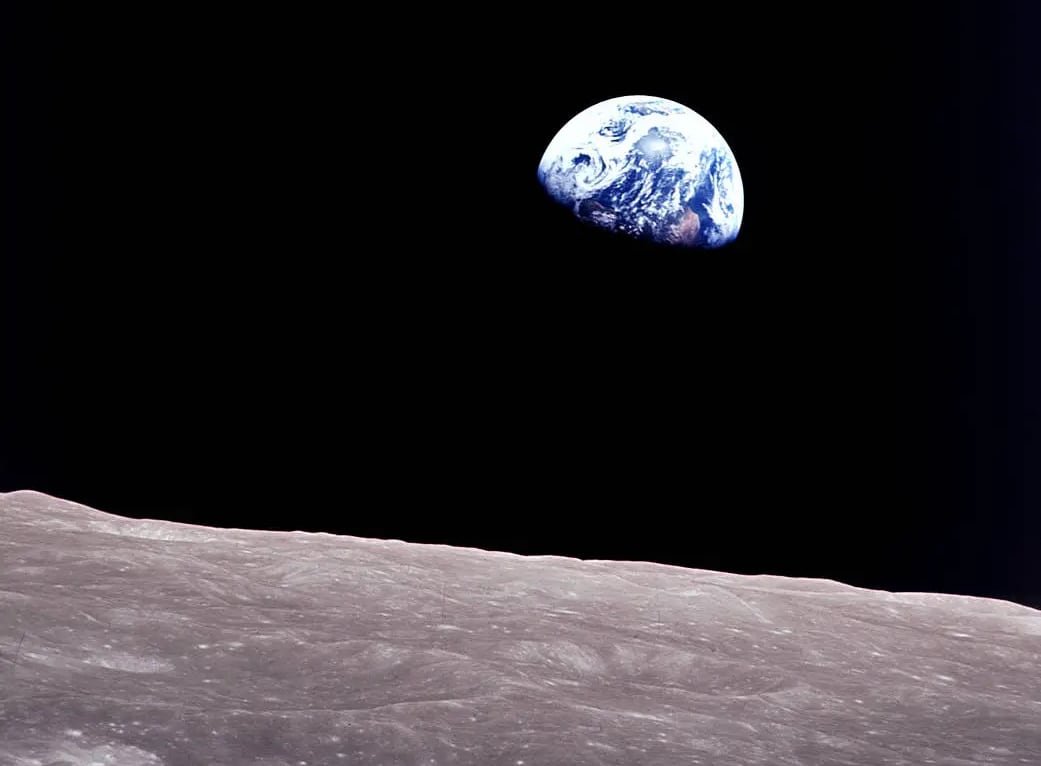Quirks & Quarks commemorates its 50th year this week, reflecting on five decades of scientific advancements and envisioning the future ahead.
In 1975, as David Suzuki unveiled the inaugural episode of Quirks & Quarks, the thrill of the moon landings had subsided, and North America confronted a fresh challenge — the repercussions of the 1973 energy crisis.
The Middle East had halted oil supplies, causing a sudden surge in gasoline prices, fuel shortages at gas stations, and long queues at those with available fuel.
During this period, the focus was on fuel efficiency and energy conservation, with scientists and engineers devoted to maximizing limited oil reserves and exploring alternative energy sources.

Consumers shifted from large, gas-guzzling North American cars to more efficient models, often from Japan and Europe. The U.S. auto industry followed suit by introducing smaller, lightweight vehicles with aerodynamic designs and small engines to enhance fuel mileage.
Significant investments were made in renewable energy, leading to advancements in clean hydrogen fuel, solar panels, wind turbines, geothermal energy, and biofuels.
Homeowners were urged to insulate their homes, and the availability of heat pumps and high-efficiency furnaces helped reduce heating costs.
Industries faced stricter regulations on air and water pollution, prompting auto manufacturers to install catalytic converters to curb emissions and large companies to improve waste management practices.

The 1970s marked a shift towards environmental stewardship in science, partly influenced by the Apollo astronauts’ photos of Earth from the moon and Rachel Carson’s seminal 1962 book, Silent Spring. It underscored the importance of preserving our planet amidst a vast universe.
Science increasingly focused on environmental issues, highlighting challenges like carbon emissions while proposing solutions such as sustainable energy.
The era saw the advent of personal computers, revolutionizing communication and global connectivity.
In healthcare, the Human Genome Project in the 1990s advanced our understanding of human biology and evolution.



